EVENT SCHEDULE
ALL ARTICLE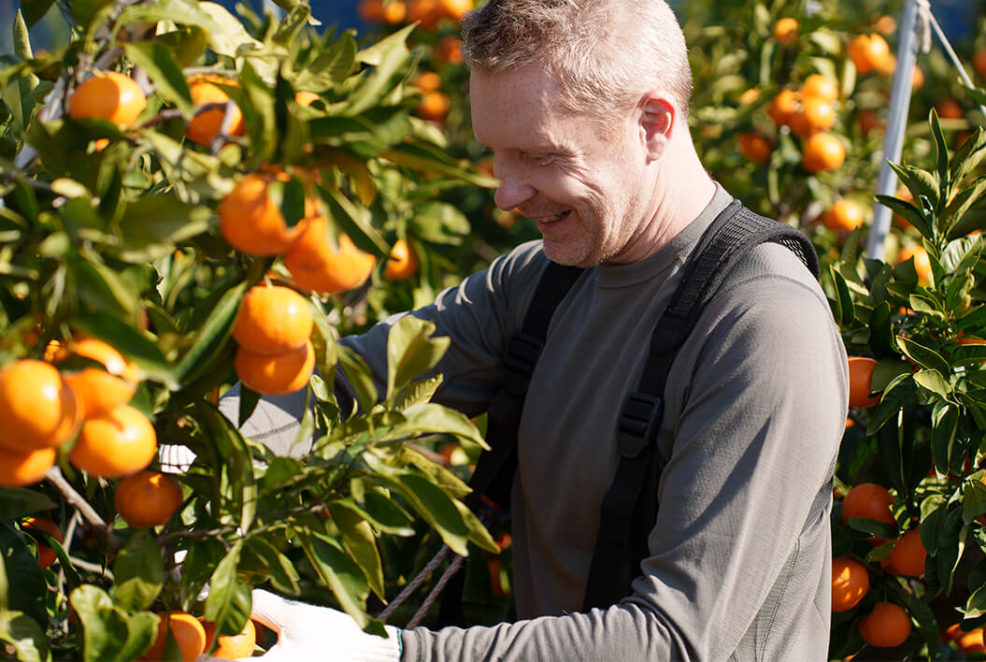
Orange picking
You can enjoy orange picking at the "Producer Farm Sugai Farm"
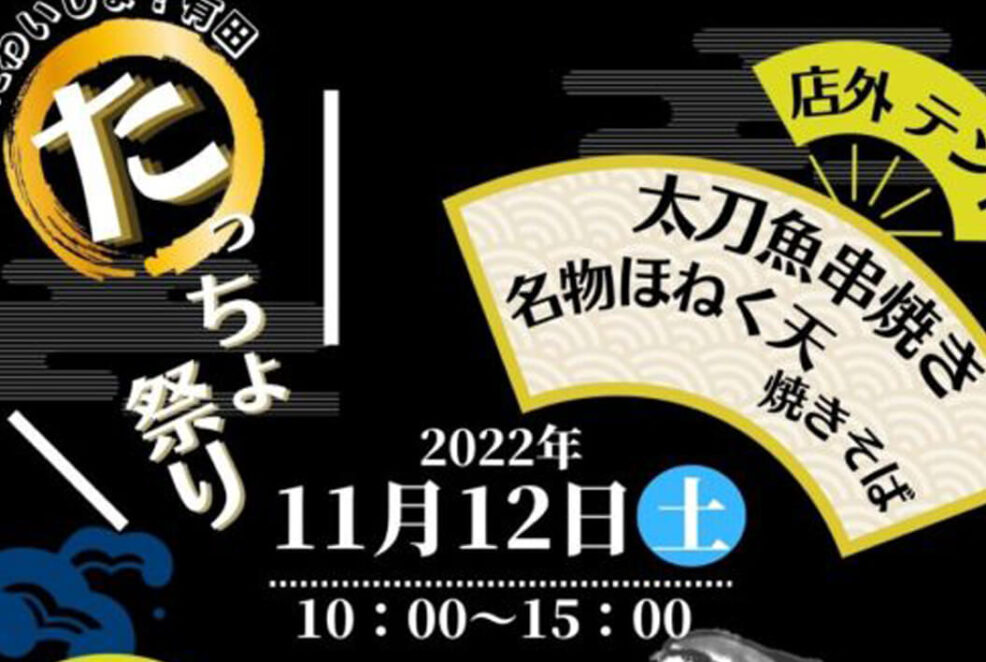
The Taccho Festival(Hairtail Festival)
Arida City, which boasts the highest catch of Japanese hairtail, has designated November 11th as "Tachho Day" to promote the hairtail. In Arida City, the hairtail is affectionately known as "Tachho." The "Tachho Festival" is an event aimed at promoting this hairtail.
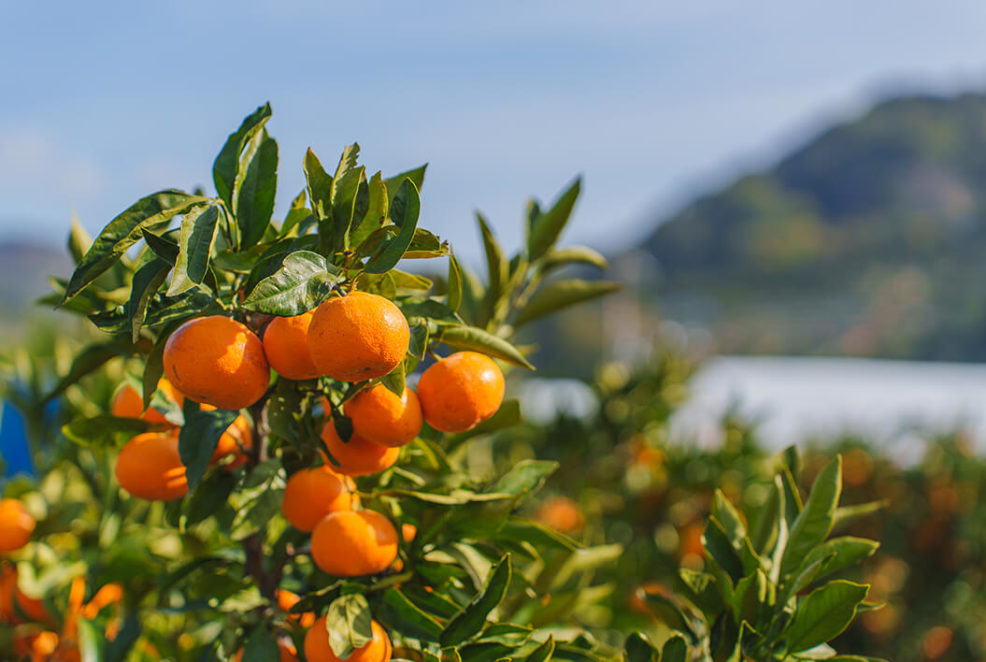
Orange picking
You can enjoy orange picking at the "Producer Farm Sugai Farm"
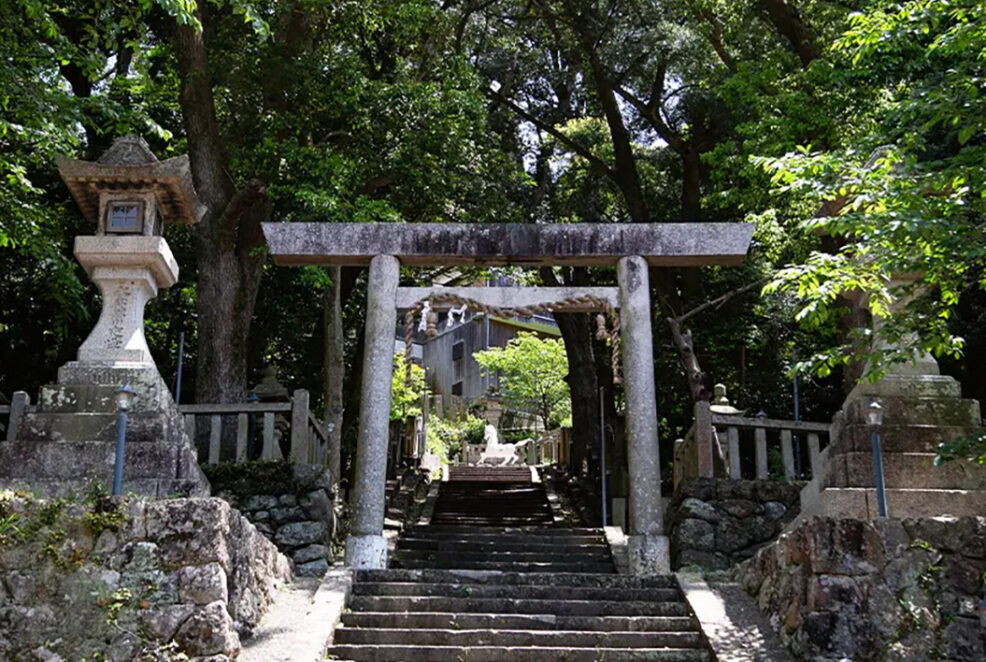
The Chida Festival
The enshrined deity at the Susa-jinja Shrine is Susanoo no Mikoto, who has long been revered as a god of maritime safety and fishing. It is believed that praying to this deity during times of poor fishing will lead to a bountiful catch. During the autumn festival held annually on October 14th, a fierce competition ensues as people scramble to grab the sea bream thrown from the festival floats. It is said that whoever catches a sea bream will enjoy a year of abundant fishing.
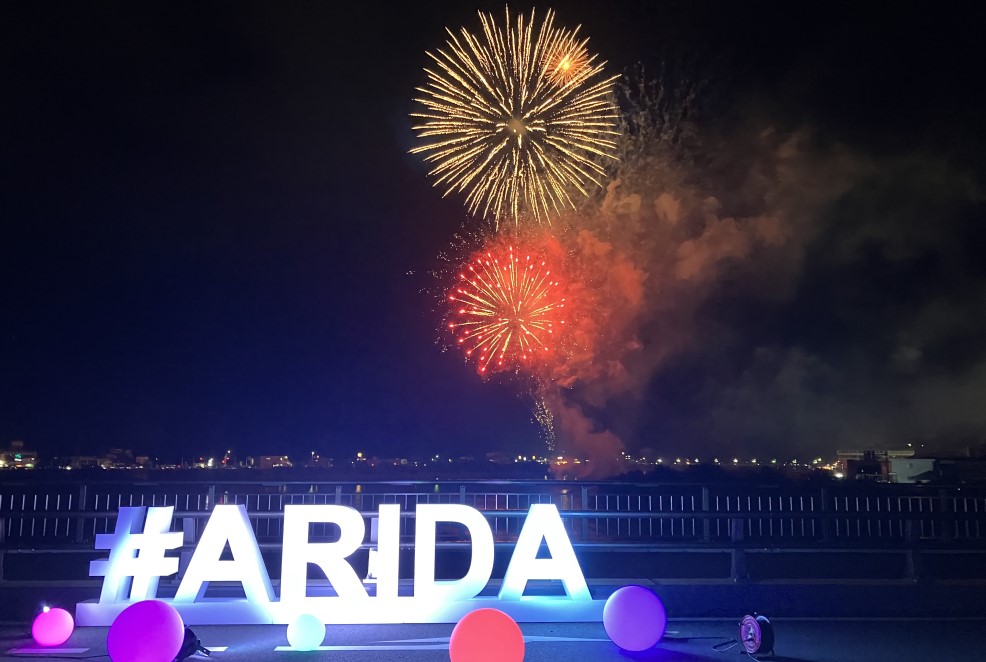
The Kibun Festival
The Kibun Festival in Arida City is a summer festival named after the wealthy merchant Ki no Kuniya Bunzaemon, who braved a storm to transport oranges to Edo by ship. You can enjoy a close-up view of 2,000 fireworks launched from both banks of the Arida River. With its convenient location just a 5-minute walk from Minoshima Station, it's easy to return home after the festival. This fireworks display in Arida City, Wakayama Prefecture, offers a variety of fireworks such as launch fireworks and set-piece fireworks, making it a spectacular event.
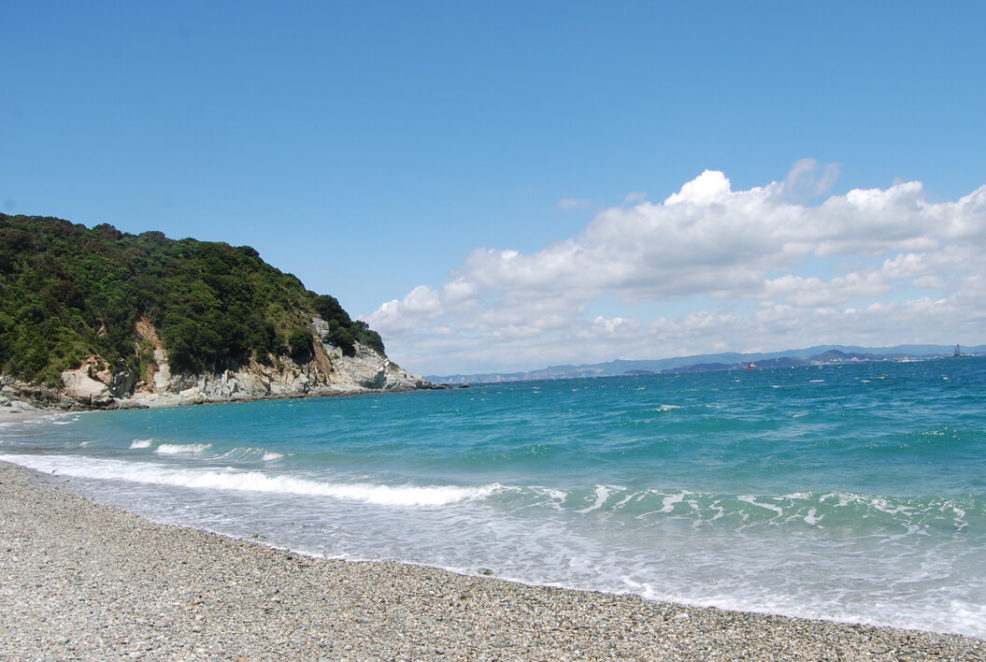
Ji no Shima Island (deserted island) Beach Opening
Beach Opening Period: July 1st - August 31st A beach located on an uninhabited island in the Kii Channel. The beach is approximately 500 meters long. Access the island by ferry from Hatsushima Fishing Port (about 7 minutes one way). The water quality is good and the transparency is high, allowing you to swim with small fish! Unusually, you can also enjoy BBQs and camping at the beach!
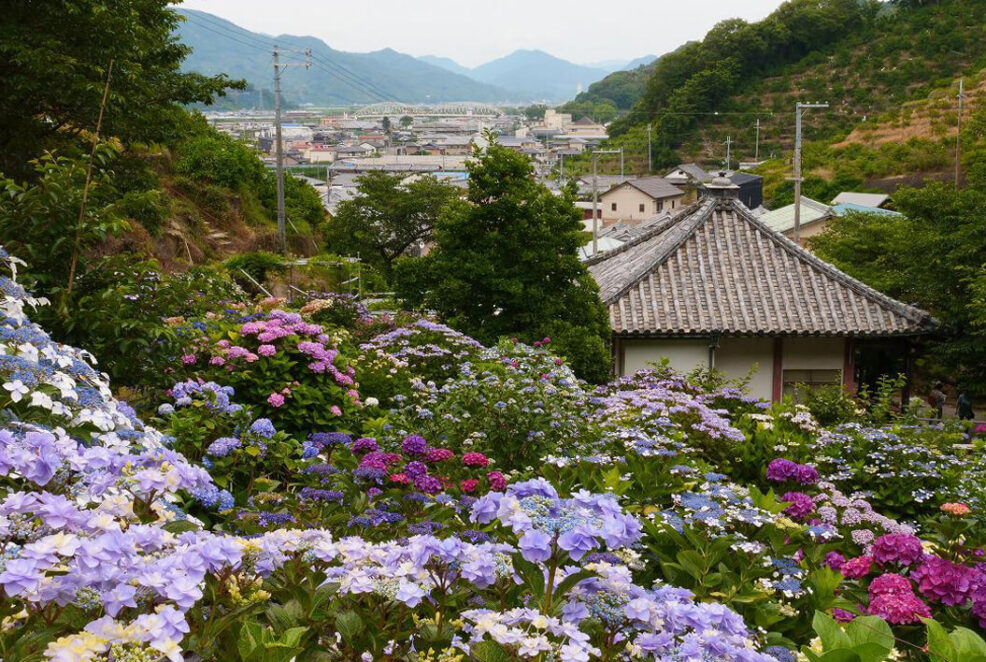
Hydrangea Festival
Located in the Masago Valley in the western part of Itoga-chou, the temple was originally called Masago-dera and once had a complex of seven halls, but declined and was revived during the Ninpei era (1151-3). Although it is an ancient temple, it is currently without a resident monk and houses ancient statues such as the main Yakushi Nyorai statue (from the late Heian period or Kamakura period), as well as statues of Amida and Kannon in a small hall. Additionally, it is home to the city-designated cultural asset, the Tobatsu Bishamonten statue (from the Kamakura period). The temple grounds are adorned with hydrangeas and white wisteria trees. The "Ninpei-ji temple", beloved as the Hydrangea Temple, welcomes the peak bloom of hydrangeas in early June, with approximately 1,000 hydrangea bushes in full bloom on the grounds. Local caretakers nurture potted hydrangeas and display pressed hydrangea flowers.
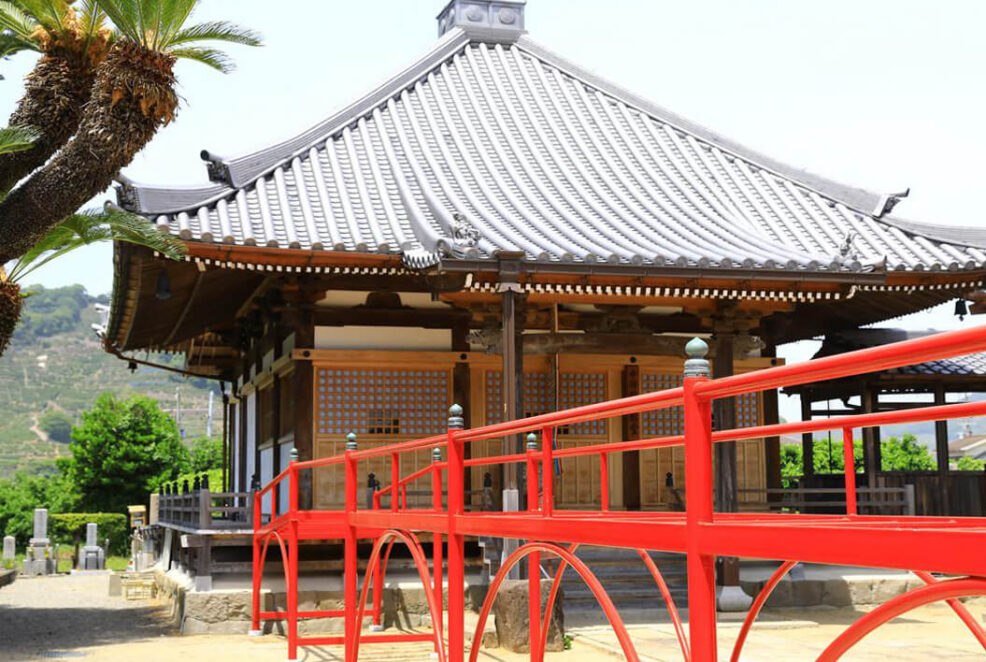
Chujou-hime Eshiki
In the year 747 (Tenpyou 19), during the Nara period, the Minister of the Right, Fujiwara no Toyonari and his wife prayed at Hase-dera temple and gave birth to Princess Chuujou. When the princess was 3 years old, her mother, Murasaki no Mae, passed away, and when she was 7, her father, Toyonari, took Teruyo no Mae as his second wife. As the princess grew, she became exceptionally beautiful, intelligent, and excelled in everything she did. This led her stepmother to grow resentful, and at the age of 13, she secretly ordered a retainer named Ito Harutoki to assassinate the princess at Mount Hibari-yama in Kii Province. However, Harutoki was moved by the princess's virtue and instead called his wife from the capital to protect and raise the princess. Three years later, in the year 761 (Tenpyouhouji 5 ), Toyonari returned from a hunting trip and tearfully reunited with the princess. However, at the age of 17, she shaved her head and took the name Hounyo at Taima-dera temple, where she also wove the famous Taima Mandala. In the year 775 (Houki 6), on the 14th day of the second month, she was welcomed by 25 bodhisattvas and closed her tumultuous life at the age of 29. At Tokushou-ji Temple, every year on the princess's memorial day, which falls on May 14th, a special ceremony called the Raising Ceremony is held. During this event, elementary school students dress up as the 25 bodhisattvas and parade from the Founder's Hall to the Main Hall, a valuable tradition that offers insight into ancient Buddhist culture.
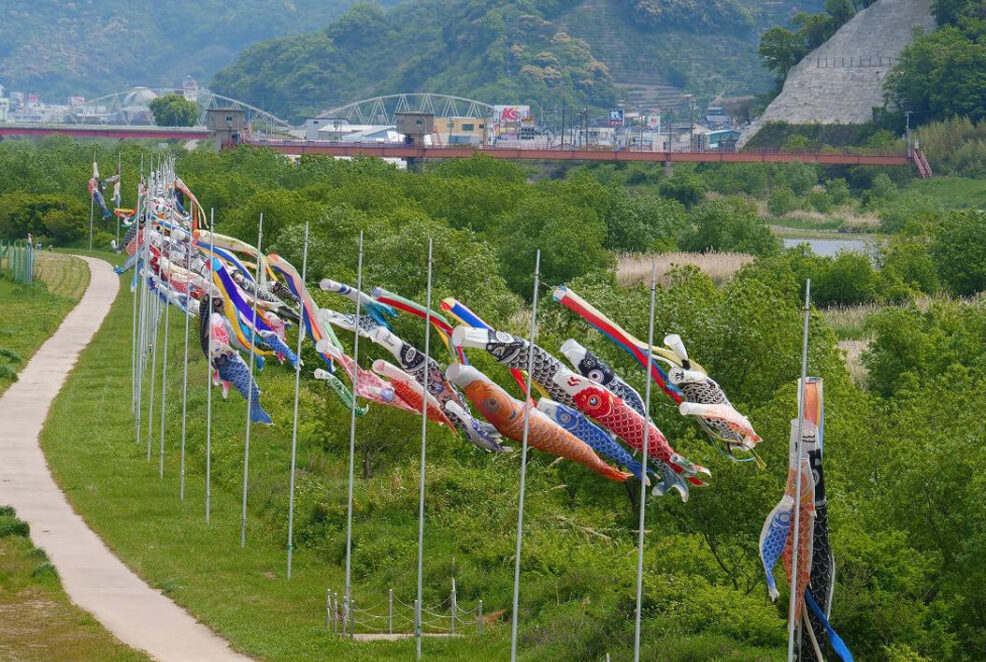
Carp streamer
In Arida City, carp streamers are raised in the Furusato-no-Kawa Sogo Park on the Arida River embankment, wishing for the healthy growth of children.
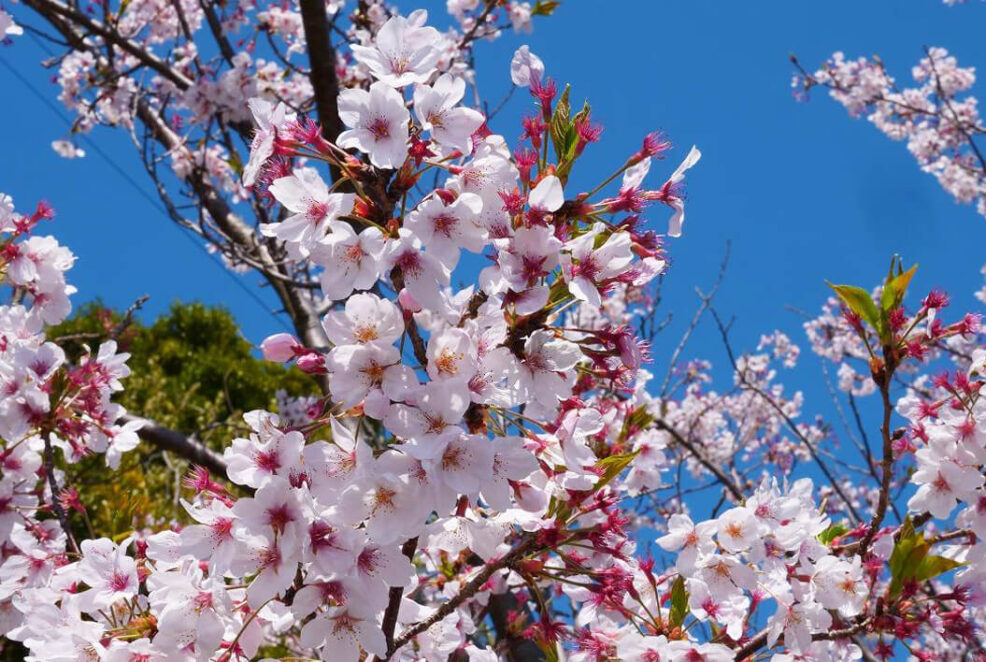
Sakura Festival
The Sakura Festival was established in May 1960 (Shouwa 35) by Norioka Toyomatsu and was taken over by the city in July 1967 (Shouwa 42), becoming a municipal park. Covering an area of 5,186 square meters, the park is home to numerous cherry blossoms and azalea trees, with the Houryuu-san Muen-ji Temple located on the mountain top. This festival, started by him in 1950 (Shouwa 25), enshrines 3,736 unknown soldiers who perished in the Pacific War, as well as the Muen Buddha from the Arida River flood of 1953 (Shouwa 28) and numerous other Muen Buddhas from across the country. Grand memorial services are held every spring and summer. From the mountaintop, one can enjoy a splendid view of the Arida River mouth, Ura no Hatsushima Island (Chinojima Island and Okinojima Island), and the mountainous coast of Shikoku across the Kii Channel. It is truly a breathtaking sight. During the cherry blossom season in spring, the park is bustling with numerous flower-viewing visitors. The park is named after Norioka Toyomatsu's wife, and is called Ueno Park.
Home > EVENT SCHEDULE